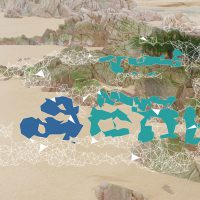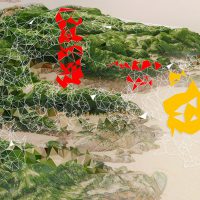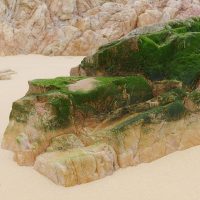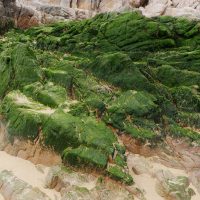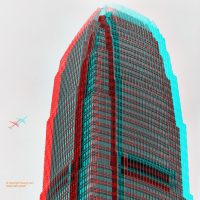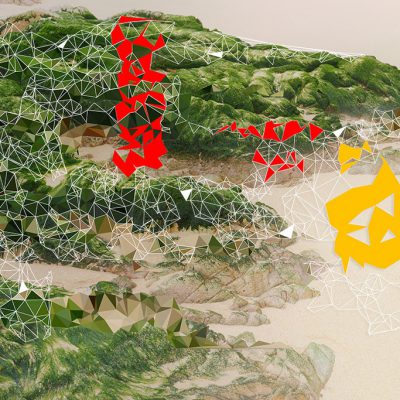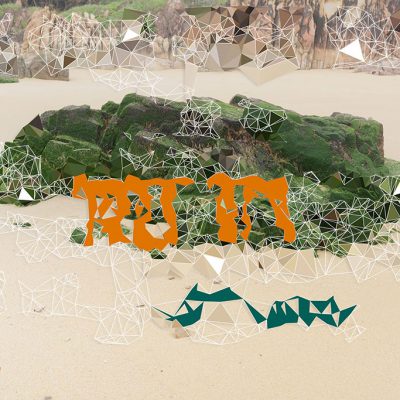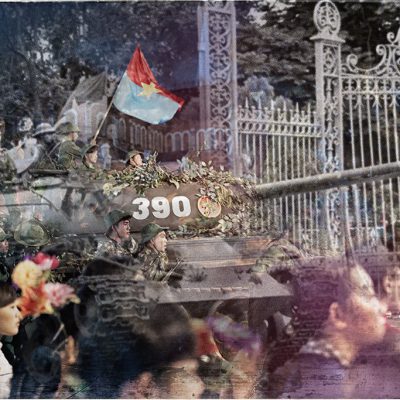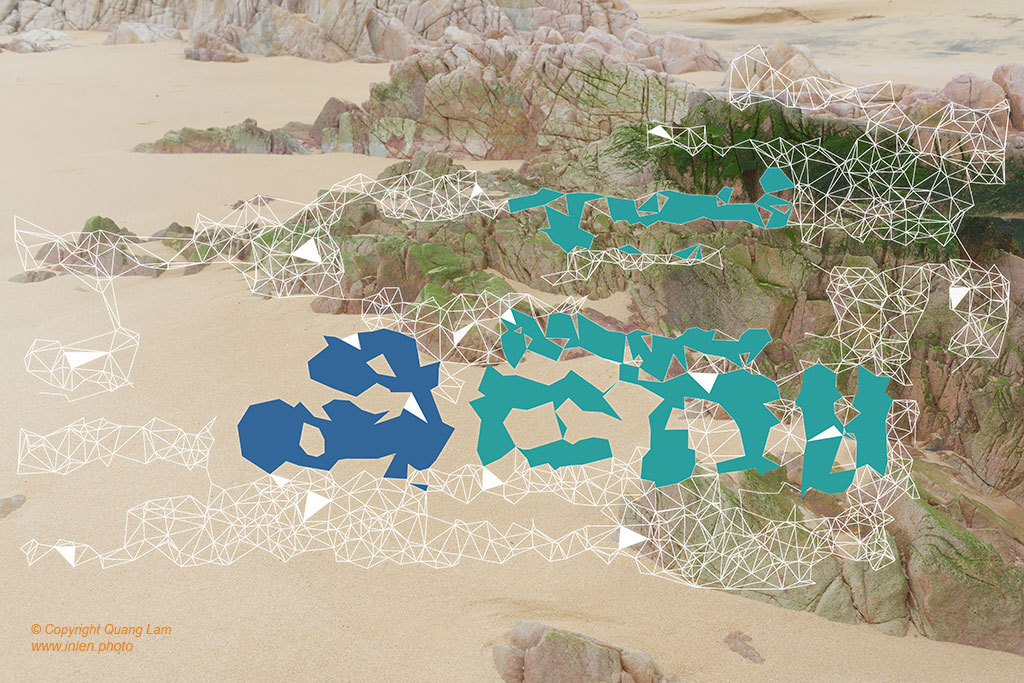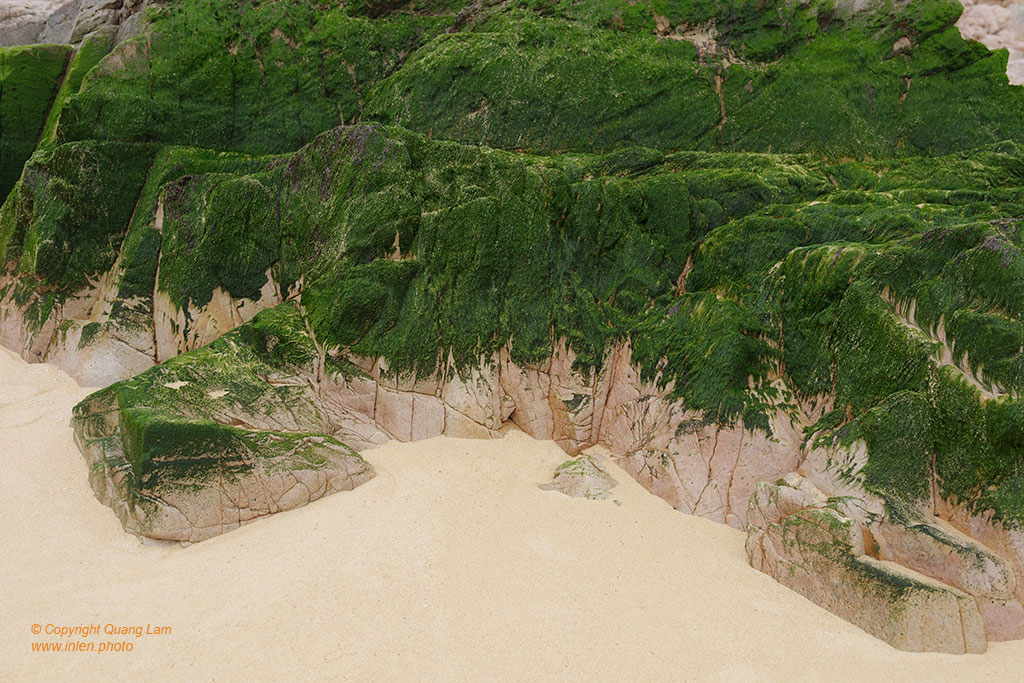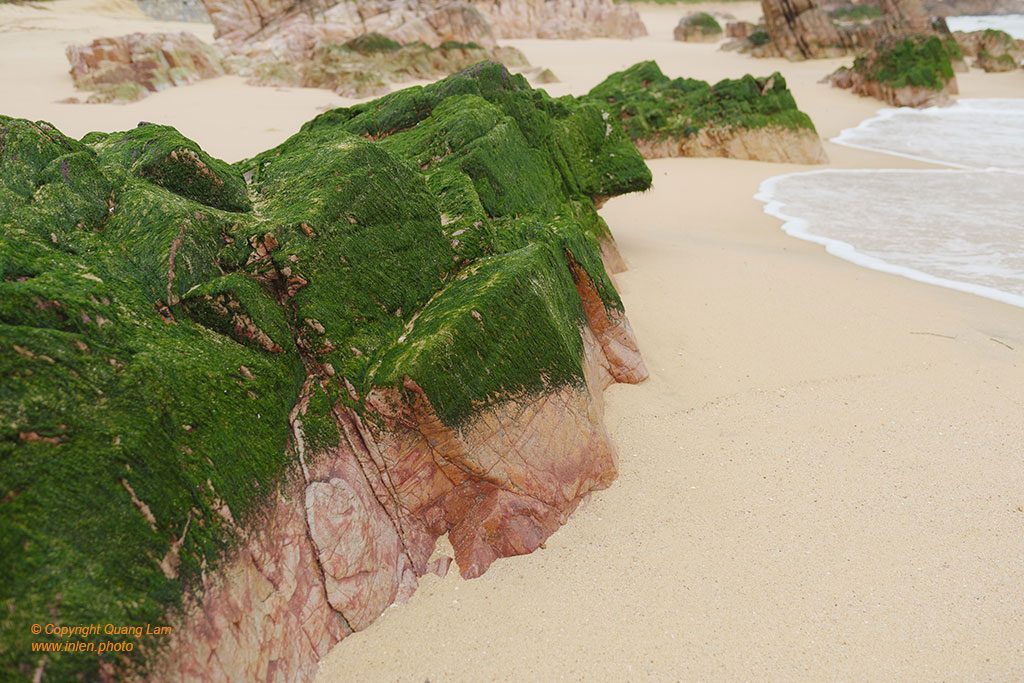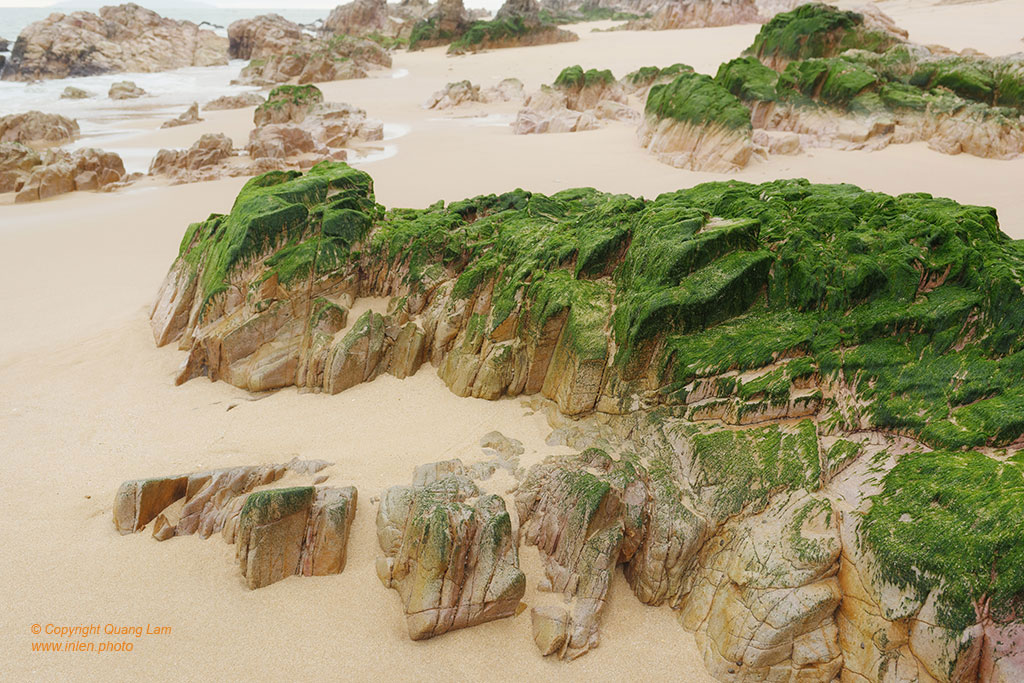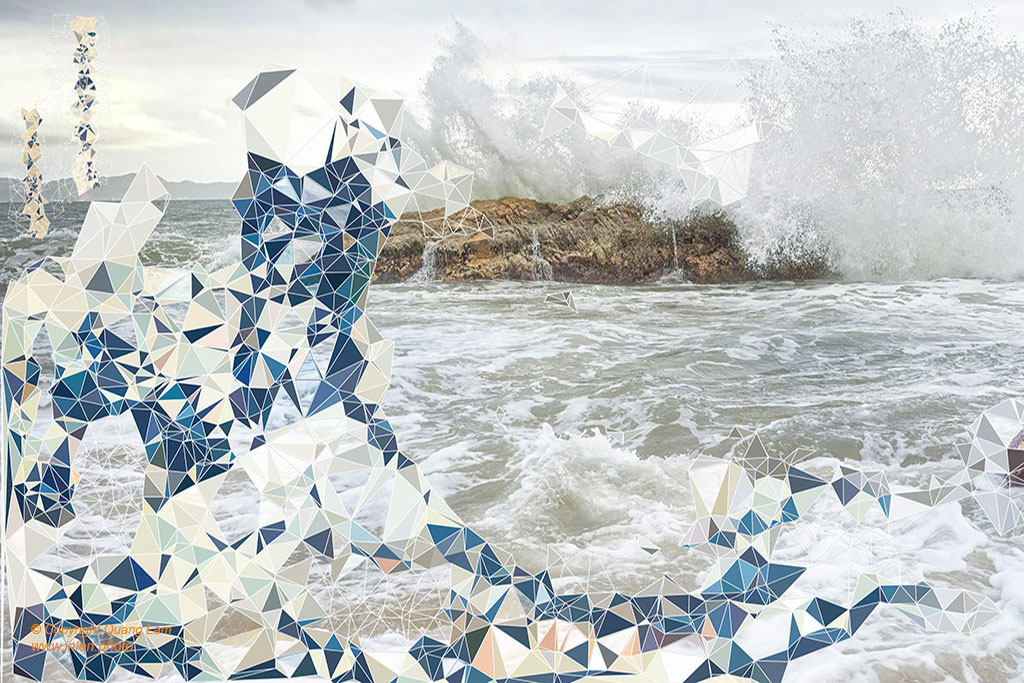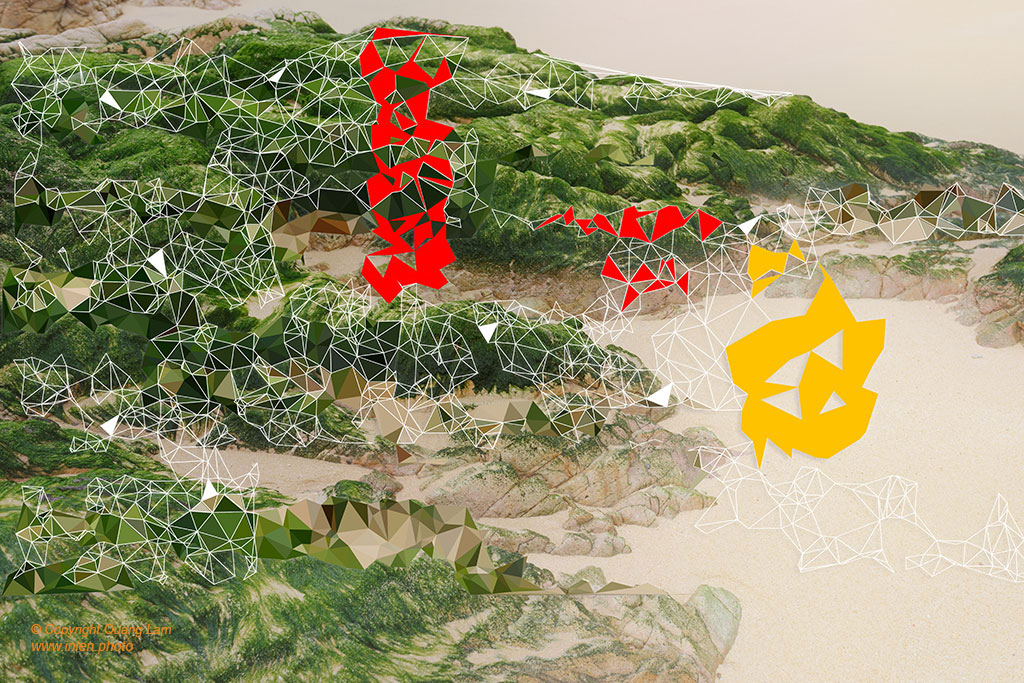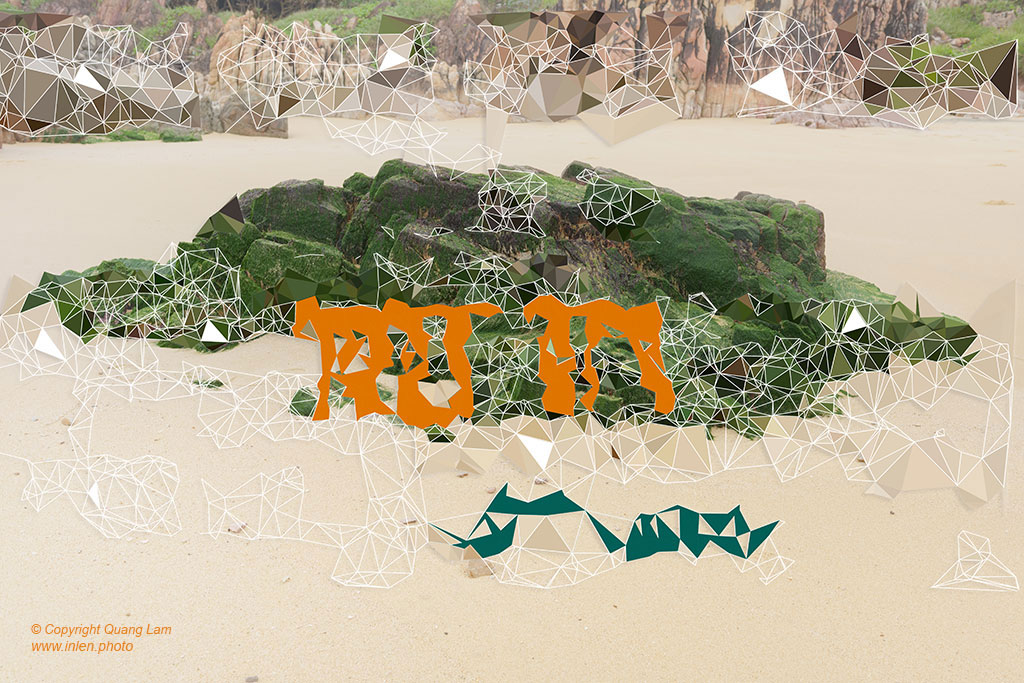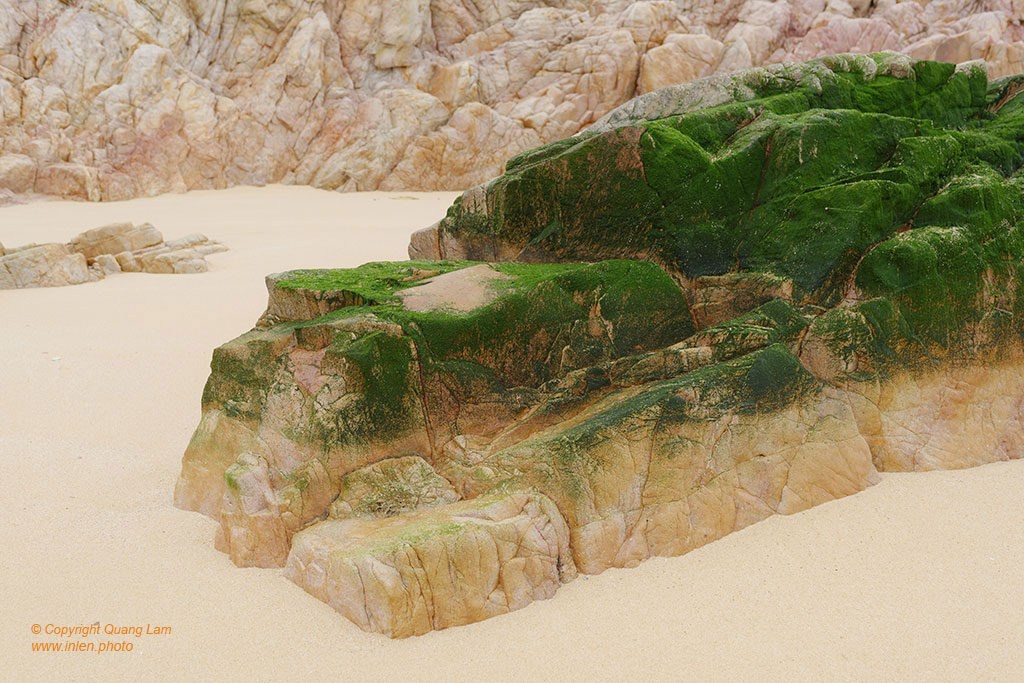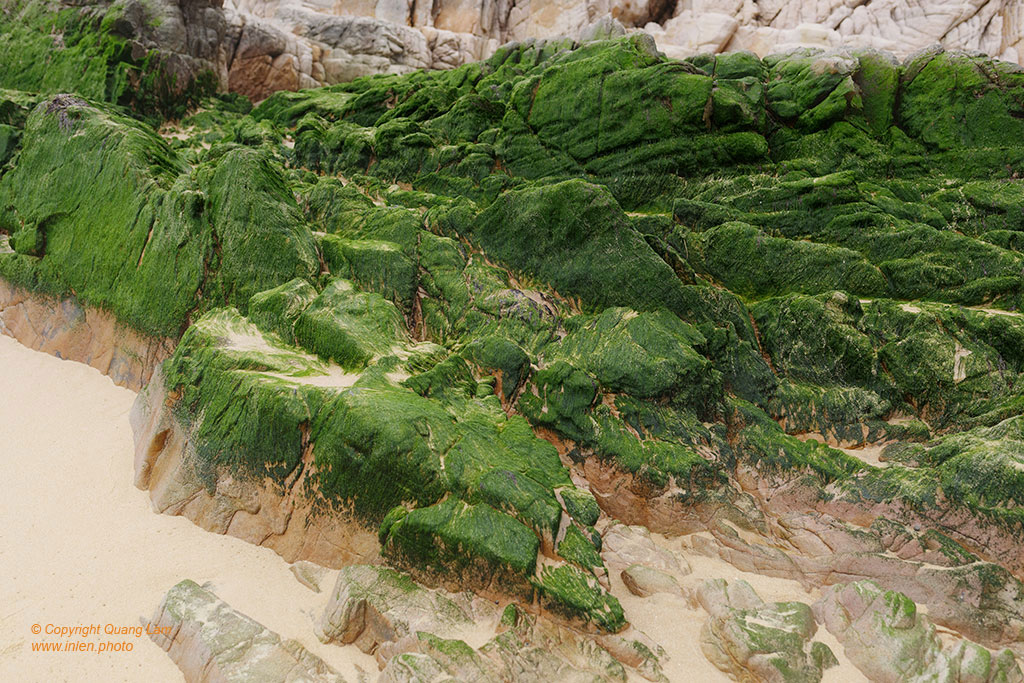Terra Utopia from the Incognita
At the Art Institute of South-East Asia in Singapore, the Terra Utopia series is currently on display as part of the exhibition XEM – Meta Far-East. This captivating collection explores the evolution of perceptions of the “Far East,” tracing its journey from antiquated geographical views to a more nuanced understanding shaped by the colonial era and the pressing challenges posed by climate change.
The photographs resemble aerial landscapes of uncharted coastal territories, evoking the sense of mystery that surrounded Far East Asia, once deemed a terra incognita waiting to be explored. This notion resonates with the concept introduced by Thomas More in his seminal work, Utopia, published in 1516. Since then, the exploration of new lands has often been driven by the desire to transform them into colonies. While colonizers typically aspired to create better lives for themselves through settlement, the consequences frequently resulted in dystopia for the indigenous populations.
In some of the photographs, intricate tessellation patterns symbolize the fragmented understanding that accompanies the discovery of new lands inhabited and shaped by diverse cultures, each represented by vibrant scripts. The blue hues signify the Arabic language, while the orange scripts denote the sacred Buddhist texts in Sanskrit. Red and yellow symbols reflect the profound influence of Chinese culture. Together, these elements invite viewers to contemplate the complex interplay between exploration, colonization, and cultural identity.




